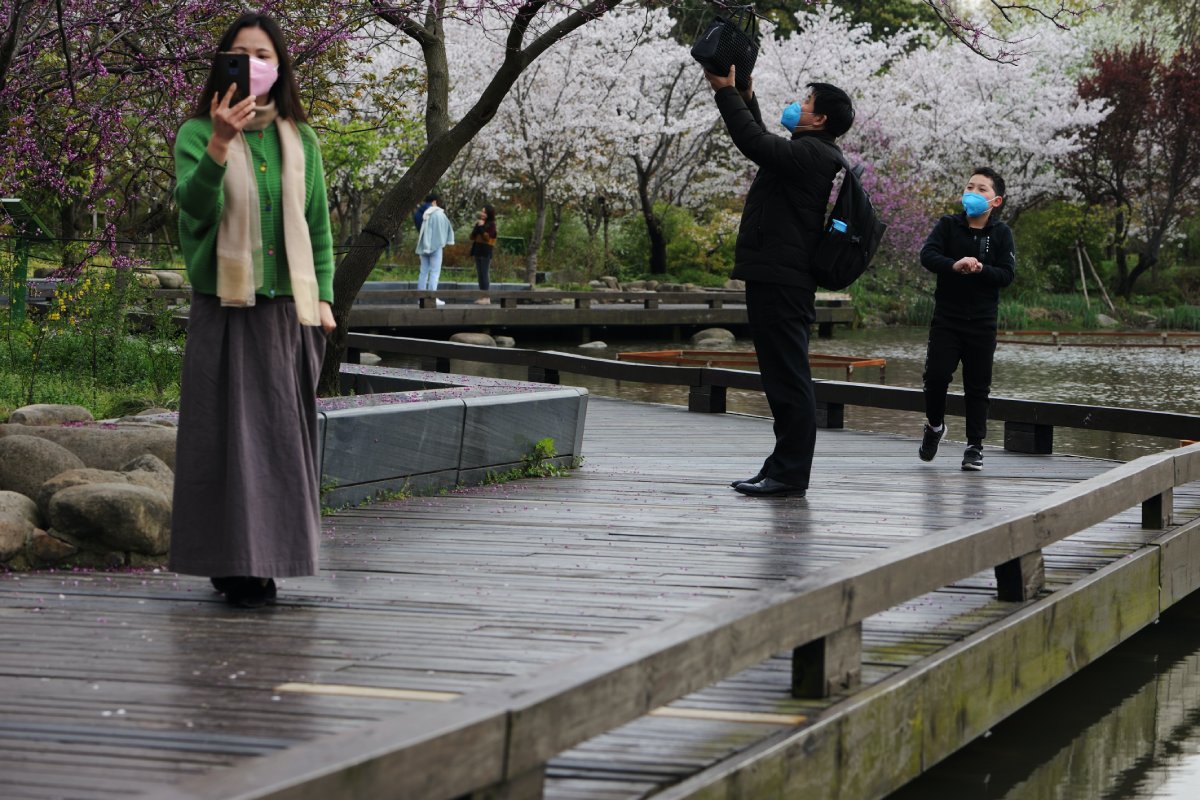Skift Take
Thanks to China's strict zero-Covid policy, the global tourism industry made due without the world's largest outbound tourism market. Given how painstakingly slow the country has been to relax restrictions, tourism businesses would be wise to have learned their lessons about depending on the Chinese market even if it fully reopens in 2023.
The absence of Chinese tourists as countries around the world opened their borders again remains the most impactful development this year. China’s commitment to zero Covid cases dashed the normalcy return hopes of the global tourism industry.
Under zero-Covid policy, local authorities imposed strict lockdowns under which shops, schools and businesses were closed until no more cases are found via mass testing. The infected were forced to quarantine at home alone or at a government facility. To fly back into the country, passengers need to show two negative PCR tests 48 hours before boarding and quarantine for 10 days. Near the end of the year, the government vowed to stick to the policy its implemented for three years.
China’s importance to the global tourism economy can’t be overstated. Before Covid, Chinese outbounders travelers were ranked the biggest spenders in the world, having spent $255 billion in 2019, according to the World Tourism Organization. The Chinese outbound market amounted to 166 million trips abroad in 2019.
China’s absence damaged the industry’s recovery. “We look at Greater China, the zero Covid policy has continued to dampen recovery in a meaningful way,” said Marriott International CEO Anthony Capuano at World Travel and Tourism Council Global Summit.
With China out of the picture, other markets have filled the void for destinations. In Europe, the U.S. traveler spending splurge driven by a strong dollar made up for absent Chinese travelers.
Tourism businesses and authorities adapted their operations and plans. Thailand and other Southeast nations, for example, have set their sights on India as their new primary source market. Indonesia is embracing a new digital visa program. Singapore is pursuing a strategy to become a top meetings, incentives, conferences and events destination.
As the year came to a close, the Chinese government started to relax some of its strictest measures after large domestic protests. On December 26, the government announced it will do away with quarantine requirements for incoming travelers on January 8 and instead require they show a PCR test within 48 hours before departure. The announcement led to a 10-fold increase and a 254 percent jump in Chinese travel searches on Ctrip and Trip.com, respectively, indicating there could be a boom in Chinese outbound tourism soon.
After three years of being under lockdown, the tastes, incomes and preferences of the multibillion dollar outbound tourism market have likely changed. Trip.com Chief Operating Officer Schubert Lou told Skift Chinese tourists flight search data shows them to be more picky, cautious and more focused on essentials and things that add value than before. The industry will have to come up with a new marketing playbook for this changed tourist segment.
The Daily Newsletter
Our daily coverage of the global travel industry. Written by editors and analysts from across Skift’s brands.
Have a confidential tip for Skift? Get in touch
Tags: asia, china, china outbound, coronavirus, coronavirus recovery, covid-19, zero covid policy
Photo credit: China's zero-Covid policy has left a giant hole in the global tourism economy he zhu / Unsplash
